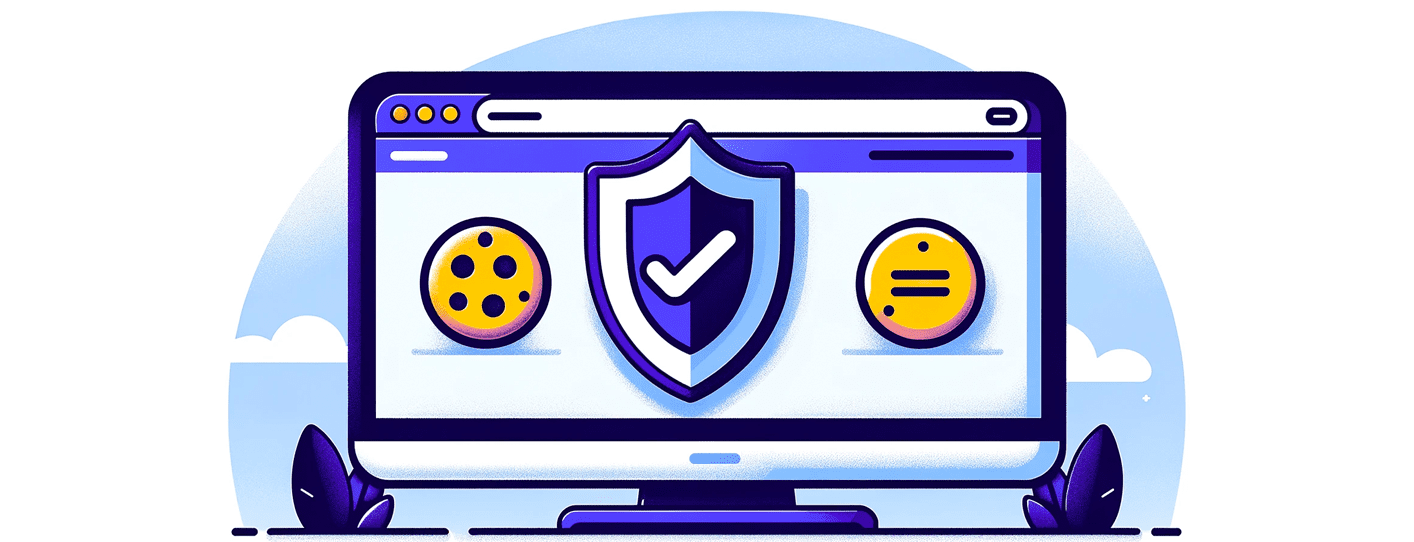Understanding the shift: The end of third-party cookies and what it means for the web
The industry is undergoing a significant transformation with Google’s announcement to phase out third-party cookies in Chrome. This change is part of the broader initiative called the Privacy Sandbox, which aims to enhance user privacy on the web while still allowing advertisers and websites to provide personalized experiences.
Table of Contents
The role and replacement of third-party cookies in online advertising
In this section, we delve into the intricate balance of online advertising and user privacy. We explore the ‘What, How, and Why‘ behind the transition from traditional third-party cookies to more privacy-conscious technologies in the digital marketing sphere. This shift highlights the evolving landscape where user data protection and efficient advertising coexist, propelled by innovations in technology and growing regulatory and public demands for privacy. Let’s dissect this transformation to understand its implications for users and advertisers alike.
What are third-party cookies?
Third-party cookies are small pieces of code that websites place on a user’s device to track their online behavior across various sites. They have been instrumental in online advertising, enabling advertisers to deliver highly targeted ads based on a user’s browsing history. However, they have also raised significant privacy concerns.
How are third-party cookies changing?
Google plans to replace third-party cookies with technologies from its Privacy Sandbox initiative. This includes:
- FLoC (Federated Learning of Cohorts): This technology aims to group users into large cohorts based on their browsing habits. Advertisers can target these groups rather than individual users, thus maintaining user privacy. It uses machine learning algorithms to analyze browsing patterns on the device itself, keeping personal data local.
- FLEDGE (First Locally-Executed Decision over Groups Experiment): This approach allows browsers to make ad auction decisions on-device without individual user data being shared externally. It provides a framework for delivering targeted advertising without compromising user privacy.

Why are third-party cookies being left behind?
The shift away from third-party cookies is driven by increasing concerns over user privacy and data protection. Users have become more aware of how their data is used and are demanding greater control over their personal information. Regulatory pressures, like GDPR in Europe and CCPA in California, are also pushing for more privacy-centric web standards. Google’s initiative aims to balance the need for personalized advertising with these growing privacy demands.
Google’s Privacy Sandbox and the end of third-party cookies
In essence, Google’s move to phase out third-party cookies and implement Privacy Sandbox technologies represents a significant shift in how online advertising functions, prioritizing user privacy while still allowing for targeted advertising.
Third-party cookies have been a cornerstone of online advertising, tracking users’ browsing habits across different sites. Google’s decision to phase them out is in response to growing concerns about user privacy.
Instead of cookies, the Privacy Sandbox will introduce new technologies to balance privacy and personalization. This includes mechanisms like FLoC (Federated Learning of Cohorts) and FLEDGE (First Locally-Executed Decision over Groups Experiment) which aim to group users into cohorts based on similar interests while keeping individual browsing data private.
How will the absence of third-party cookies affect digital marketing?
An example of how this change might impact users and advertisers can be seen in targeted advertising. Currently, if you visit a website selling sports equipment, third-party cookies might track this interest and later show you ads for similar products on different sites.

With the Privacy Sandbox, your interest in sports equipment would be noted, but your individual browsing data wouldn’t be tracked across the web. Instead, you’d be part of a cohort of users with similar interests, and advertisers can target this cohort as a whole.
 Kevin Dosanjh, B2B Marketing Lead at Admiral Media, analyzes the situation and explains that finding a balance where users feel confident in their privacy while keeping the web ecosystem vibrant and accessible is crucial. His analysis underscores the challenge of maintaining an open web that respects user privacy. Dosanjh’s perspective highlights the complexity of adapting to new privacy standards without hindering the functionality and accessibility of the web.
Kevin Dosanjh, B2B Marketing Lead at Admiral Media, analyzes the situation and explains that finding a balance where users feel confident in their privacy while keeping the web ecosystem vibrant and accessible is crucial. His analysis underscores the challenge of maintaining an open web that respects user privacy. Dosanjh’s perspective highlights the complexity of adapting to new privacy standards without hindering the functionality and accessibility of the web.
Looking Ahead: The Impact and Opportunities of a More Private Web Ecosystem
The move away from third-party cookies marks a new era in digital advertising and user privacy. While it poses challenges for advertisers accustomed to granular data, it also opens up opportunities for more innovative, privacy-centric advertising solutions. Google’s Privacy Sandbox is at the forefront of this change, promising a web that respects user privacy without compromising the personalized experiences that many users and businesses value.





